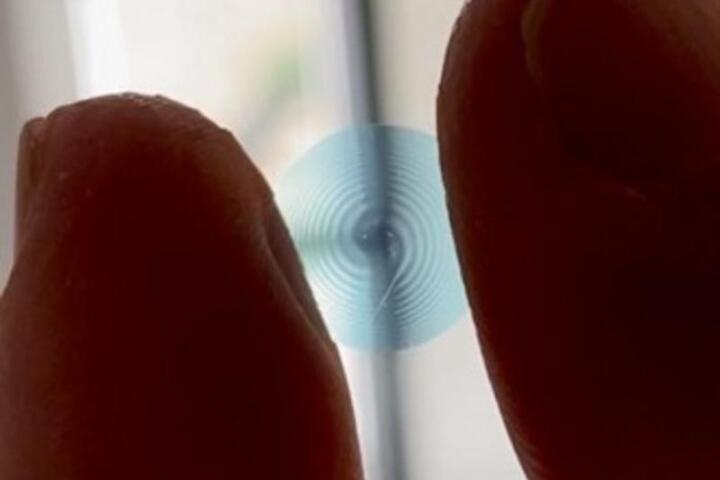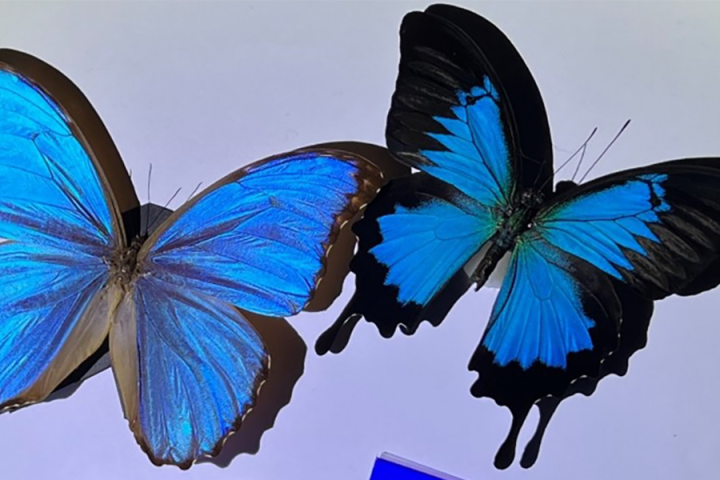Optical
-
A pair of night-vision glasses would change the way we navigate the late hours, from driving to walking home in the dark. This vision is nearer to reality, as researchers simplify how light is processed, trading bulky lenses for cling-wrap-thin film.
-
NASA’s Psyche spacecraft, farther away than the Sun, has sent data through a laser over a record-breaking distance, and done so even faster than expected. The breakthrough could help establish high-speed communications with human colonies on Mars.
-
If you've ever wished that you could turn invisible, here's your chance. A consumer "invisibility shield" has just hit Kickstarter, and it could be yours for as little as £54 (about US$68).
-
Scientists have developed a new type of lens that creates multiple focal points, which could make for glasses or contacts that provide a clearer view over a range of distances. The secret? Making the lens a spiral shape.
-
The James Webb Space Telescope may have been touted a successor to Hubble, but the old-timer still has some life left in it. These two iconic instruments have now teamed up to take a deep-field image of the colorful “Christmas Tree galaxy cluster.”
-
NASA will soon demonstrate a laser-based communication system between ground facilities and the International Space Station. The technology will boost data transmission speeds by 10 to 100 times, potentially opening a new standard in deep space comms.
-
Scientists have manipulated light as though it was being influenced by gravity. By carefully distorting a photonic crystal, the team was able to invoke “pseudogravity” to bend a beam of light, which could have useful applications in optics systems.
-
While there are a number of optical systems that provide robotic hands with a sense of touch, most of those systems are flat, so they're confined to the fingertips. A new MIT system, however, works along the entire length of each finger.
-
Guiding lasers where they need to go is a key part of optics systems, and now engineers at DESY have developed a way to bend laser beams without anything touching them. The light is deflected using an invisible grating made of air shaped by acoustics.
-
Lighter colors are cooler than darker ones, which can limit the practical palette choices for your clothes, car or house. A new material, inspired by butterfly wings, can produce vibrant colors while reflecting 100% of light to keep them cooler.
-
All I wanted to do was get rid of my glasses, but when my local laser eye surgery clinic recommended some odd-sounding advanced Presbyond treatment developed by Zeiss, I said sure, if that's what the cool kids are getting. Here's what's happened.
-
Scientists in South Korea have created what they call "the world’s smallest ball game," throwing individual atoms between two optical traps. The research could eventually make for more adaptable and dynamic quantum computers.
Load More











